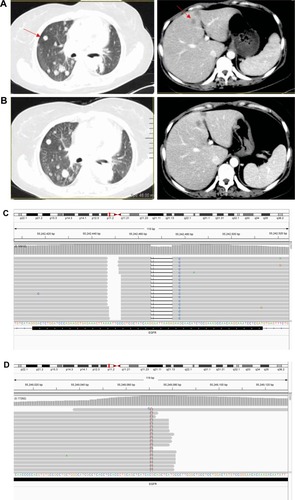Figures & data
Figure 1 Histology of the left supraclavicular lymph node biopsy, August 2014.
Abbreviations: ARMS, amplication-refractory mutation system assay; CT, computed tomography; EGFR, epidermal growth factor receptor; IHC, immunohistochemistry; MRI, magnetic resonance imaging; Rn, normalized reporter.
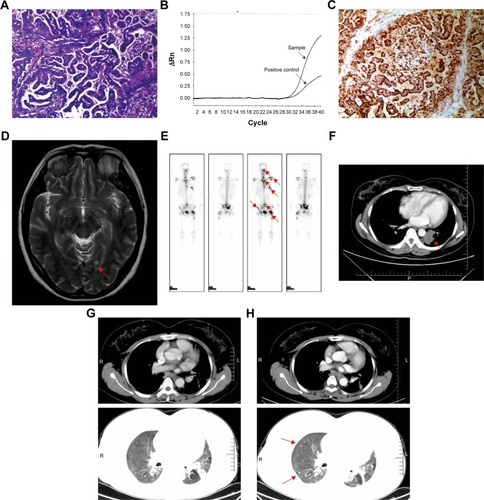
Figure 2 CT scans of the thorax prior to and following treatment with gefitinib and crizotinib.
Abbreviations: CT, computed tomography; EGFR, epidermal growth factor receptor; mTOR, mammalian target of rapamycin; NGS, next-generation sequencing.
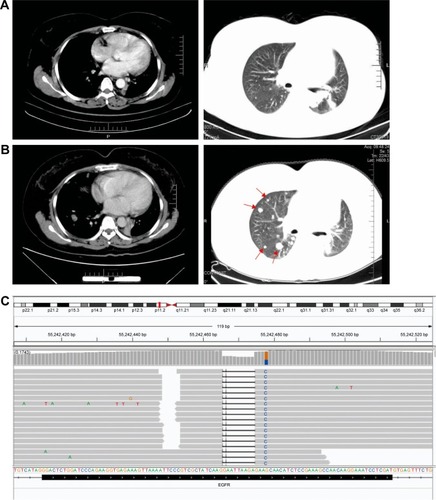
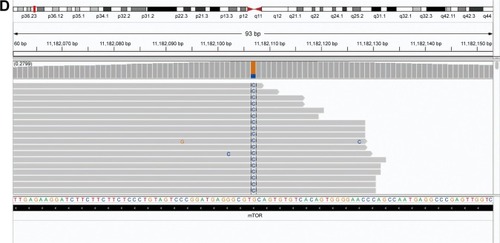
Figure 3 Histology of the metastatic lymph node biopsy in R4, April 2016.
Abbreviations: EGFR, epidermal growth factor receptor; FISH, fluorescence in situ hybridization; IHC, immunohistochemistry; NGS, next-generation sequencing.
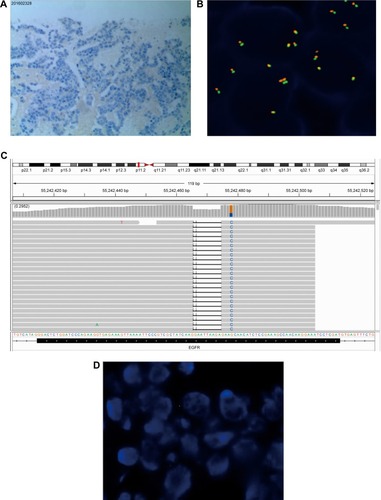
Figure 4 CT scans of the thorax prior to and following treatment with chemotherapy, everolimus and AZD9291 and NGS results of plasma ctDNA.
Abbreviations: CT, computed tomography; ctDNA, circulating tumor DNA; EGFR, epidermal growth factor receptor; NGS, next-generation sequencing.
